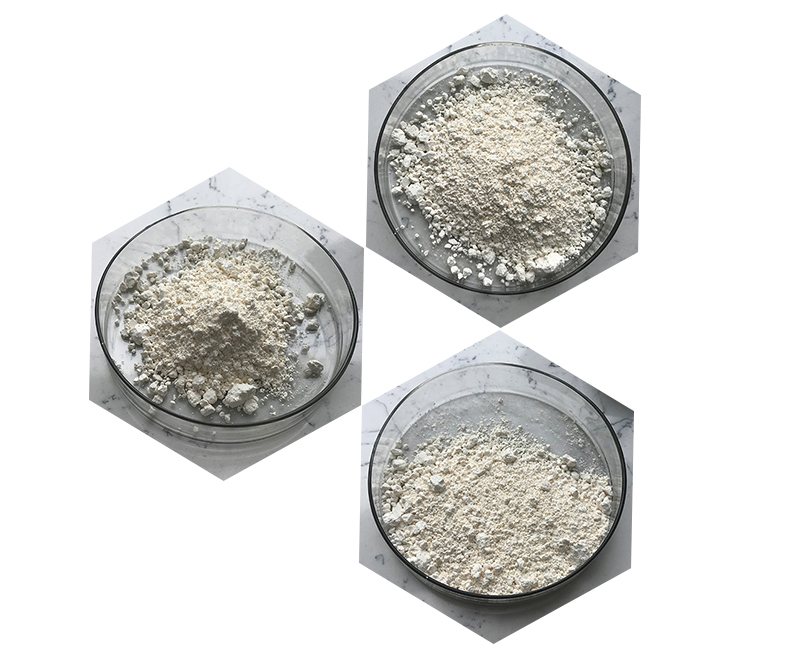Natamycin is an antifungal agent that is commonly used in various industries, including food preservation, pharmaceuticals, and cosmetics. Here are some of the key benefits and uses of natamycin:
1. Antifungal Activity
Natamycin is particularly effective against a broad range of fungal species, including molds, yeasts, and some fungi that cause spoilage and contamination. It works by inhibiting the growth of fungi by binding to ergosterol, a component of the fungal cell membrane, thereby disrupting the membrane’s function.
2. Food Preservation
- Natural Preservative: Natamycin is commonly used in the food industry as a natural preservative to control mold and yeast growth in dairy products, fruits, sauces, and beverages. It is considered safe and is approved for use in many countries, including the EU and the US (under specific concentrations).
- Safety: It is favored over synthetic preservatives due to its natural origin and minimal side effects. It’s also less likely to affect the taste or appearance of foods when used appropriately.

3. Non-Toxic to Humans
Natamycin has a low toxicity to humans and animals when used within approved limits. It is not absorbed by the gastrointestinal tract, making it safe for consumption in the small quantities typically used as a food preservative.
4. Effective in Topical Treatments
Natamycin is used in topical formulations, including creams and eye drops, to treat fungal infections such as those caused by Candida, Aspergillus, and other fungi. It is a treatment option for:
- Fungal eye infections: Natamycin eye drops are particularly useful for treating fungal keratitis (inflammation of the cornea).
- Skin Fungal Infections: In some cases, natamycin may be included in ointments or creams for treating skin infections like athlete’s foot or ringworm.
5. Minimal Resistance Development
Unlike many other antifungal agents, natamycin has a relatively low tendency to cause fungal resistance. This is due to its specific mode of action, which targets the fungal cell membrane and is less likely to be circumvented by mutations.

6. Preservation of Cosmetic Products
Natamycin is also used in cosmetics to prevent fungal contamination. It helps prolong the shelf life of cosmetic products without altering their formulation or performance.
7. Environmental Impact
Natamycin is biodegradable and considered environmentally friendly compared to some other antifungal agents or chemical preservatives that may persist in the environment.
8. Non-Systemic
Since natamycin does not get absorbed into the bloodstream significantly, it is less likely to cause systemic side effects compared to some other antifungal drugs.
Common Uses:
- Dairy products: To prevent the growth of molds on cheeses (especially the surface of cheeses like gouda, cheddar, or camembert).
- Beverages and sauces: To control yeast and mold growth in juices, wine, and other beverages.
- Medical treatments: Topical antifungal creams and eye drops for treating superficial fungal infections.

Safety and Side Effects
- Minimal side effects: When used as directed, natamycin is generally safe with few side effects. However, some people may experience local irritation when used topically, such as eye drops or creams.
- Regulatory approval: Natamycin is approved by food and health safety authorities like the FDA and EFSA for use in food and pharmaceuticals, under specific regulations regarding concentrations.
Overall, natamycin is considered a versatile and safe antifungal agent with multiple applications in food, medicine, and cosmetics.
